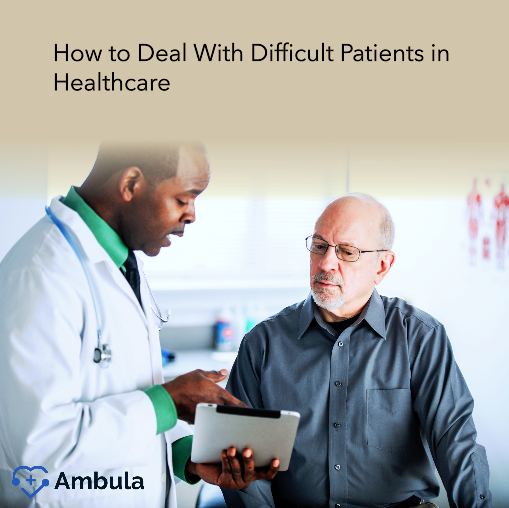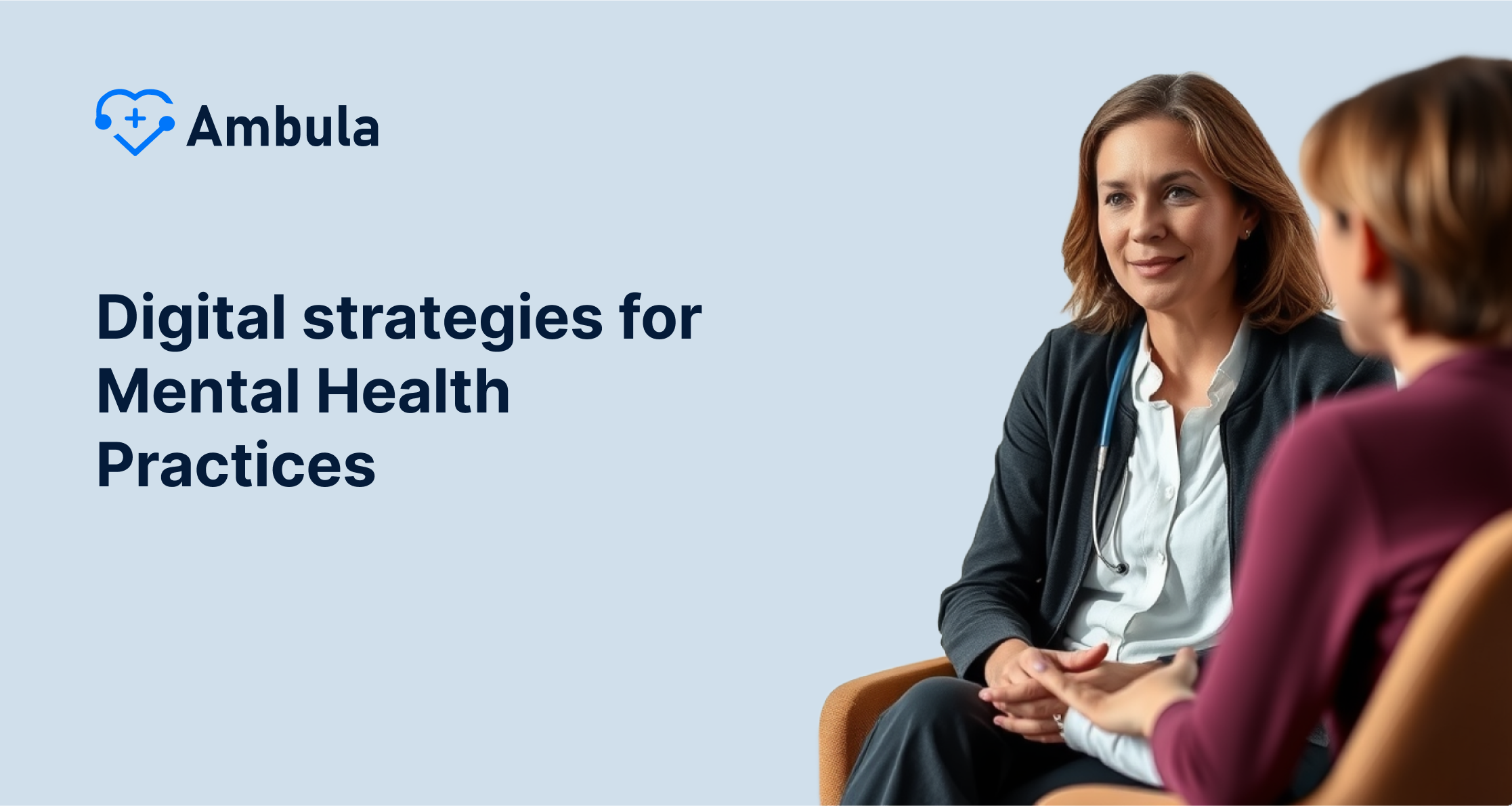
Remember when you visited your doctor and had no clue what was going on? Well, those obscure days are becoming things of the past with the advent of ‘patient engagement’. This buzzword has reshaped the modern healthcare setting for good. Simply put, patient engagement places patients at the heart of their care. It means involving patients in their own healthcare decisions, big and small.
But here’s the catch. Implementing patient engagement is not a cakewalk. Like every major change, it comes with its bouquet of challenges. So if you’re curious to explore these hurdles together, buckle up, and let’s dive deep into this intriguing side of patient care!
Understanding Patient Engagement
Patient engagement refers to the process of getting involved in their own care decisions. This unravels a higher level of healthcare interaction beyond regular doctor visits. It’s an empowering journey that leads to better health outcomes and enriched patient satisfaction. As much as it sounds exciting, it also paves the way for a set of unique challenges.
At the foundation of patient engagement, there’s better information sharing, trust building, and improved communication and decision-making. These fundamentals play an integral role in any effective health engagement strategy.
But to ensure patient engagement is not merely a concept but a practical reality, we need to successfully navigate through its hurdles. It involves dealing with issues ranging from accessibility of health information to boosting patient motivation. So, let’s uncover these obstacles one by one.
Challenge One: Information Accessibility
Accuracy, comprehensibility, and timeliness define the quality of health information. However, achieving the accessibility of such information is often the first roadblock in the path of effective patient engagement. Think about it. If you’re grappling to discover what is going wrong with your health, how should you be part of the treatment decision-making process?
This lack of health information is stressful and pushes you away from participating actively in your healthcare journey. Hence, ensuring easy access to relevant health data remains a big concern for every healthcare provider striving for better patient engagement.
But let’s imagine for a moment that we’ve conquered the information accessibility challenge. Now, what’s next? It’s about making sure patients can make sense of this information.
Challenge Two: Health Literacy
Patients might have all the information they need at their fingertips, but what if they don’t understand medical jargon or complicated procedures? This brings us to our next big challenge – health literacy. Providing information is only half the job done—making it understandable for the patient is equally important.
Unfortunately, health literacy is influenced by numerous things, including economics, education, ethnicity, and cultural background. Therefore, simplifying information and ensuring it is presented patient-friendly becomes critically essential.
If we can ensure patients understand the information, they feel more involved and confident in making healthcare decisions. And this, my friend, is one step towards achieving effective patient engagement.
Challenge Three: Patient Motivation
You might ask, “What if a patient has access to all the right information and comprehends it well but doesn’t want to be part of the decision-making process?” Good question. This brings us to our next challenge – patient motivation.
Patients, like all of us, come in all shapes and sizes, and so do their motivation levels. While some are health-conscious and track every calorie consumed, others might follow a more laid-back approach. Therein lies the issue. The varying motivation levels among patients present a unique challenge to healthcare providers.
The role of healthcare providers then transcends beyond curing diseases. They also need to motivate patients to participate actively in their health journeys. It’s not just about providing information; it’s about inspiring interest and engagement.
So, what does all of this mean for patient engagement? The road ahead needs strategic planning and thoughtful solutions to these challenges. But hey, the rewards at the end of the tunnel? They’re worth it.
Challenge Four: Technological Barriers
Nowadays, thanks to technology, information is right at our fingertips. With telehealth and electronic health records, the possibilities are vast. But what happens when patients aren’t well-versed with technology or don’t have access to it? You guessed right! It becomes a barrier.
From patients who are technophobes to those who just can’t afford certain devices or internet connectivity, technological barriers create setbacks in the path toward efficient patient engagement. We can have the best health software, but without proper tech know-how or access, it’s of little use.
Moreover, the relentless digital advancements can often become overwhelming. The key is to make these tech tools patient-friendly and easily navigable. This would ensure that everyone, regardless of their technical experience, could benefit from them without much hassle.
Unique ways to use technology to improve patient engagement:
- Gamification: Learn about your health through fun, interactive games.
- AI Chatbots: Get personalized health advice and emotional support 24/7.
- Remote Monitoring: Wearables track your health, allowing for early intervention.
- VR/AR for Mental Health: Manage anxiety and pain through immersive experiences.
- Online Communities: Connect with others facing similar conditions for support.
- Patient-Generated Data: Contribute to research by sharing your own health data.
Challenge Five: Physician Engagement
Have you ever thought about the physician’s perspective in all of this? A patient-centric healthcare system doesn’t just revolve around information, technology, or patient motivation. It’s also crucial to address physicians’ role in the process.
It can be a daunting task for healthcare providers to balance between their daily medical routines and fostering patient engagement. Nonetheless, physicians form the backbone of healthcare, and their active participation can significantly boost patient engagement.
However, the biggest roadblock often is physicians’ limited time during doctor-patient encounters. The key to overcoming this? Perhaps efficient time management and prioritizing more interactive conversations can help.
Patient Communication Challenges: Bridging the Gap
Language barriers are one of the most common communication challenges. When healthcare providers and patients do not share a common language, it can lead to misunderstandings, misdiagnoses, and inappropriate treatment plans. This situation often necessitates the use of interpreters, which can help bridge the communication gap but may also lead to additional complexities, such as finding qualified interpreters and ensuring the accuracy of the translation.
Physical impediments such as hearing or speech disabilities can also hinder effective communication. Patients with hearing impairments may require sign language interpreters, written communication, or assistive listening devices. Those with speech disabilities may need alternative communication methods, such as speech-generating devices or communication boards. Healthcare providers must be equipped to accommodate these needs to ensure that these patients receive appropriate care.
Possible Solutions to the Challenges
That sounds like a lot to deal with, right? But fret not! With every problem comes a possible solution. Improving communication, increasing accessibility, leveraging technology, and keeping it patient-friendly are some measures that could be considered.
For instance, healthcare providers can use language that patients understand, offer easier access to their health information, and use easy-to-use technology. It’s all about meeting the patients where they are and personalizing their engagement experiences as much as possible.
Moreover, motivational interviews and patient workshops could be introduced to boost patient interest and engagement. Meanwhile, offering physicians the necessary tools and training to enhance their engagement strategies could go a long way too.
Case Studies
Real-life examples provide the best proof, don’t they? Successful patient engagement cases across the globe have shown improved health outcomes, reduced hospitalization rates, and cost savings. They bolster that despite these challenges, the result can be triumphant!
Whether it’s the story of a diabetes patient who, with the help of their dedicated healthcare team and the power of patient engagement, was able to control their blood sugar levels and lead a healthier life, or a cancer survivor who made consistent informed decisions, overcoming fears and obstacles, thanks to concerted patient-centric measures.
Dr. Emily Patel, a Pediatrician, says One of the biggest challenges in patient engagement is overcoming the digital divide. While technology has the potential to empower patients and improve access to care, not everyone has equal access to digital tools or the skills to use them effectively.” – Dr. Emily Patel, Pediatrician
Conclusion
So here we are at the end of this enlightening ride. We’ve meandered through the maze of patient engagement, and boy, it was intriguing, wasn’t it? Active patient engagement can add immense value to healthcare- but it surely doesn’t come without its share of challenges.
Accessibility, health literacy, motivation, technology, and physician engagement form the foundational blocks of these challenges. However, tackling these obstacles with strategic planning, open communication, and a fair share of empathy could become a tad bit easier.
And remember, at the end of the day, a patient who is invested in their healthcare journey will likely see better outcomes. Isn’t that what we all aim for?




